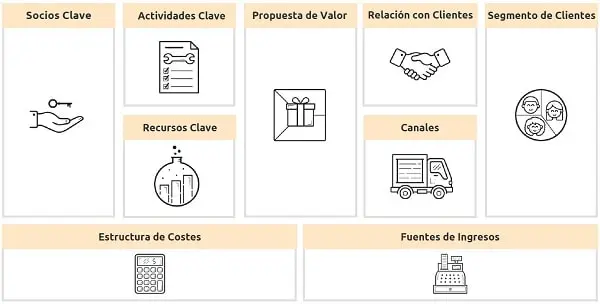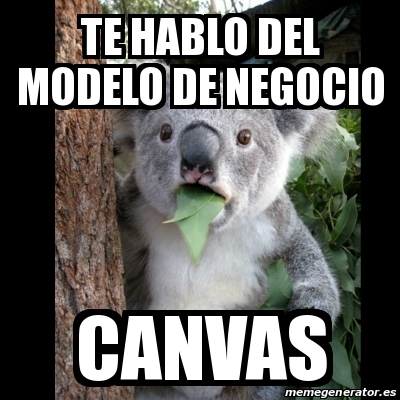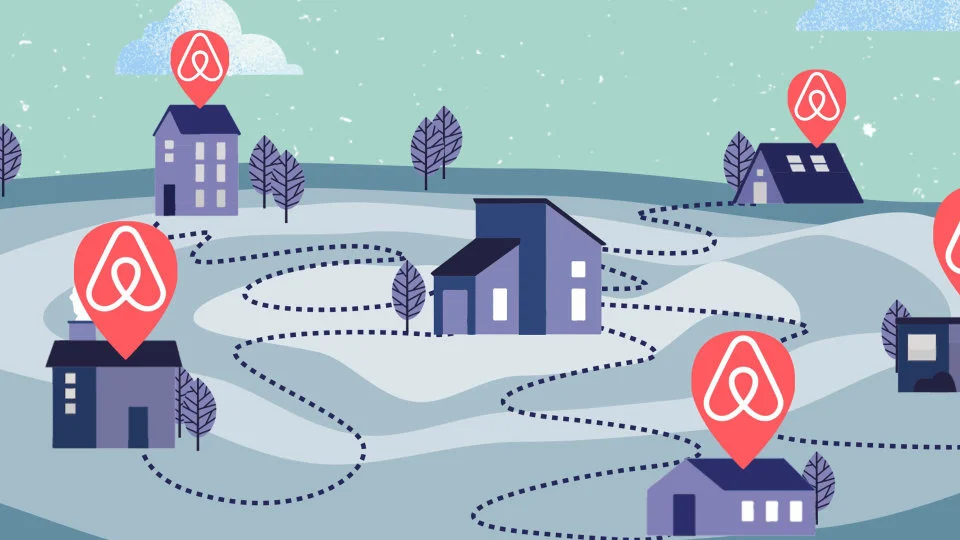No, we are not talking about CANVA, the graphic design tools page. The Canva Model is a visual tool that helps companies to plan and develop their business strategy, also known as “Business Model Canvas”.
The Canvas Model is part of that group of useful tools that help your business to plan, analyze and improve its strategy. Other similar tools can be the SWOT analysis, PESTEL analysis, Ishikawa Diagram, among others.
The Canvas Model, specifically is based on a critical elements diagram template that is used to identify and organize the different areas of a business.
It allows entrepreneurs and teams to visualize the key components of their business model, including customers, distribution channels, revenue sources, key resources, partners, key activities and costs. This helps companies identify opportunities for improvement, define new strategies and establish more effective action plans.
It is composed of nine blocks or critical elements. Each of them represents a crucial aspect of the business, and helps to identify strengths, weaknesses, opportunities and threats. It also allows you to visualize how they relate to each other, and how they can be improved to increase the effectiveness of your business strategy. Let’s look at each in detail:
- Customer segments: Groups of people or companies that are the target of our business. It is important to understand the needs and desires of these segments in order to create attractive value propositions.
- Value proposition: Products or services we offer and how they satisfy the needs of our customers. The value proposition must be clear, concise and unique to differentiate us from the competition.
- Channels: Means through which we deliver our value proposition to customers. These channels can be physical or digital and must be appropriate for the customer segment we are targeting.
- Customer Relationship: How we engage with our customers and how we support them before, during and after the sale.
- Revenue sources: The ways in which our business generates revenue, there are various forms, such as direct sales, subscriptions, advertising, among others.
- Key resources: The resources needed to create and deliver our value proposition, they can be financial, human, physical or intellectual.
- Key activities: The activities necessary to carry out our business model, such as production, marketing, sales, customer service, among others.
- Key alliances: The strategic alliances we create with other companies or individuals to support our business model. They can be to share resources, expand the reach of our brand or improve the offering of our products or services.
- Cost structure: Costs necessary to create and maintain our business model. These costs can be fixed or variable and must be controlled to ensure the profitability of the business.
Why apply it to your business?
It is not necessary to be a large corporation to apply this model, it can also be useful for any type of business, regardless of its size. Here are some of the benefits it can bring to your organization
As we said, it allows you to represent your business model in a visual and easy-to-understand way. This can help you quickly identify the key components of your business model, such as customers, revenues and costs.
This makes it easier to identify areas where your business model can be improved. For example, you can identify new sources of revenue or ways to reduce costs.
It is also a useful tool for communicating your business model to team members, investors and customers. You can use it to explain how your business works and how you plan to generate revenue.
Finally, it allows you to explore different options for your business model and plan new strategies. For example, you can experiment with different distribution channels or pricing models.
Case studies
At this point you probably have a notion of the usefulness of this model, however, it can be complicated to visualize its application, right?
Let’s take a look at an example so you can have a better understanding and maybe you can think of a way in which this tool could benefit your company.
One of the most prominent cases is Airbnb, an online platform that connects travelers with accommodation owners around the world.
The company was founded in 2008 by Brian Chesky, Joe Gebbia and Nathan Blecharczyk, and is now one of the most valuable technology companies in the world, with a market valuation of more than $100 billion.
Airbnb’s success is due in large part to its ability to use the Canvas model to develop and execute its business strategy. This tool allowed it to define the value proposition and instead of simply providing accommodation, Airbnb focused on providing a unique experience to travelers that included accommodation, interaction with local hosts and a cultural immersion in the area they were visiting. It was thus able to stand out in the market and attract a segment of loyal customers.
It was also able to clearly identify its target market segment. Instead of trying to appeal to all travelers, the company focused on those who were looking for authentic experiences that were different from those offered by traditional hotels. It was thus able to develop a more relevant and attractive offer for its potential customers.
Finally, the canvas model helped design a sustainable cost structure that allowed them to offer accommodation at lower prices than traditional hotels. By allowing local hosts to offer their homes as accommodation, Airbnb was able to significantly reduce infrastructure costs compared to hotels. In this way Airbnb was able to experiment with different approaches and solutions to keep operating costs low and maximize profitability.
How to apply it?
If you have come this far, it is likely that you have been interested in this tool. In order to apply it effectively, we want to share with you some tips and warnings that might be useful for you.
First of all, it is important that you take the time to complete each of the blocks with specific and detailed information about your business. It is important that the data is realistic and up to date, so that you can make informed decisions and set goals aligned to your resources and possibilities. Once the model is completed, it is advisable to regularly review and update the information as needed, as the business environment may change over time.
💡Remember that the model is constantly evolving, just like your business.
You can brainstorm with your team to get different perspectives and innovative solutions. Trying different variants of the canvas model is a good idea in order to find the one that best suits your business. As well as using examples of models from other businesses to get inspiration and learn from their experiences.
Don’t just fill out the model for the sake of filling it out, make sure that each part has a rationale and is well founded.
Last but not least, this tool is very useful to design and understand the different aspects of your business, but it is not a substitute for market analysis and research of your customer segment. Use it as a complementary tool and always keep a critical and objective view in order to make informed decisions.
In conclusion, the Canvas Model is an excellent way to visualize and understand the structure and operations of a business and be able to perform an accurate analysis to make the right strategic decisions and improve your performance.
We hope this information has been helpful to you. We are excited to share our knowledge and tools for entrepreneurs or curious about digital marketing.






